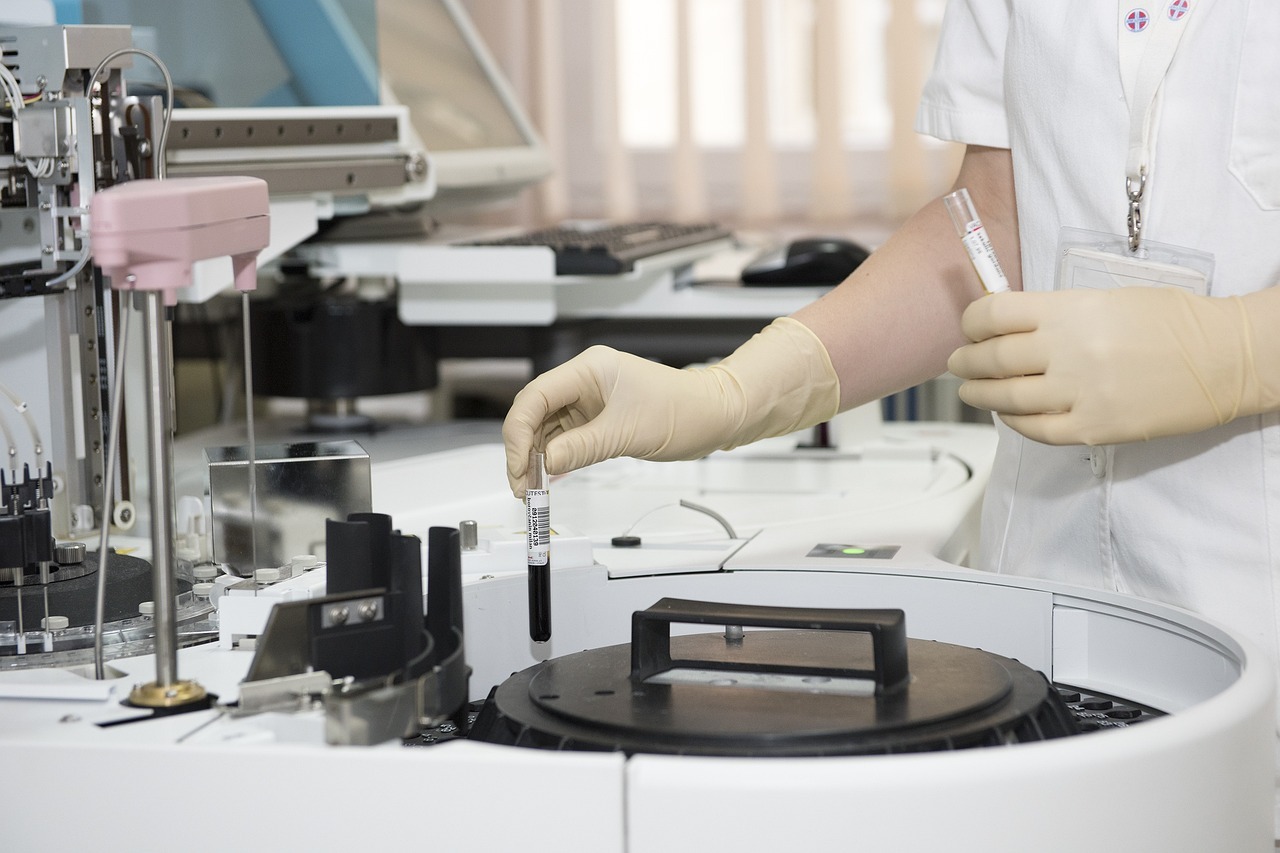With growing demand in the medical field and its associated purpose of saving people’s lives, it always makes the medicine/medical field the most coveted study program among students. However, there is a huge gap between qualified doctors & medical partitioners. While choosing the right destinations for medicine study, Australia stands out to be the great place due to its medical research, innovative programs & breakthrough discoveries.
, With 640 scholars Australia ranks in spot 7 in the world in scientific facilities and ranks under top 5 countries for research and innovation in medical field.
Studying medicine is a structured and competitive process, with two main pathways: undergraduate-entry and graduate-entry programs. Medical education typically leads to a Bachelor of Medicine, Bachelor of Surgery (MBBS) or, more recently, a Doctor of Medicine (MD) degree. Here’s an overview of the process and key aspects:
1. Admission to Medical School
A. Undergraduate-Entry (Direct Entry)
This pathway is for students who have just completed high school and want to do undergrad course. The program typically takes 5-6 years to complete. Admission requirements usually include a high ATAR (Australian Tertiary Admission Rank), high school prerequisites in subjects like chemistry and biology, and strong scores on the UCAT (University Clinical Aptitude Test). Some universities may also require an interview as part of the selection process.
B. Graduate-Entry (Postgraduate)
For students who want to do graduate applications and have completed an undergraduate degree, the program is 4 years. Applicants need to sit for the GAMSAT (Graduate Medical School Admissions Test) and demonstrate strong academic performance in their undergraduate studies. Some schools also require interviews (such as the Multiple Mini Interviews (MMI)).
2. Medical School Course/Curriculum
A. Preclinical Years (1-2 years)
The early years focus on foundational medical sciences, including:
o Anatomy
o Physiology
o Biochemistry
o Pharmacology
o Pathology
Besides these courses, medical ethics, communication skills, and public health are also emphasized. Students typically have limited clinical exposure in the early years.
B. Clinical Years (3-6 years, depending on the program)
Clinical training becomes the focus in the later years, where students undertake clinical rotations across different medical specialties such as:
o Internal Medicine
o Surgery
o Pediatrics
o Obstetrics and Gynecology
o Psychiatry
o General Practice
Students spend time in hospitals and clinics, gaining hands-on experience under supervision, learning to assess and manage patients.
3. Assessment and Examinations
Throughout the course, students must complete written exams, clinical skills assessments (such as OSCEs – Objective Structured Clinical Examinations), and continuous evaluations during clinical placements. Research projects may also be part of the curriculum, especially in MD programs.
4. Internship and Residency
After completing medical school, graduates must complete a one-year internship in a hospital, which includes rotations in key areas like surgery, internal medicine, and emergency medicine. This is followed by postgraduate training or a residency program in a chosen specialty. Training can take several more years, depending on the specialty (e.g., general practice vs. surgery).
5. Licensing and Accreditation
Upon completion of their internship, doctors must register with the Medical Board of Australia. After residency or specialist training, they can pursue fellowship with a medical college (e.g., Royal Australian College of General Practitioners (RACGP), Royal Australasian College of Surgeons (RACS)).
6. Medical Schools in Australia
Some of the leading medical schools in Australia include:
• University of Sydney
• University of Melbourne
• Monash University
• University of Queensland
• Australian National University (ANU)
7. Cost and Financial Aid
Medical education in Australia can be expensive, especially for international students. For domestic students, Commonwealth Supported Places (CSPs) offer subsidized tuition, while international students may pay full fees, often ranging from AUD 50,000 to AUD 80,000 per year. Financial aid, scholarships, and student loans (such as HECS-HELP) are available for eligible students.
8. Specialty Training and Career
After completing the basic medical degree, doctors choose a specialty and enter a postgraduate training program. Specialties can include areas like general practice, surgery, psychiatry, pediatrics, and many others. This training is managed by specialist medical colleges, and the duration of training varies depending on the specialty.
Would you like more details on any specific aspect of medical education in Australia? Kindly book a free consultation: https://magnuscenter.com/admission-form/




